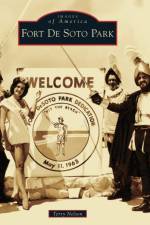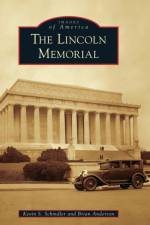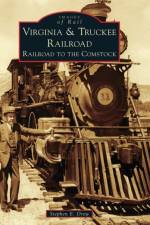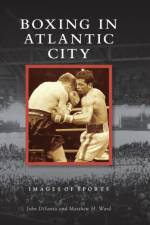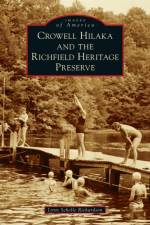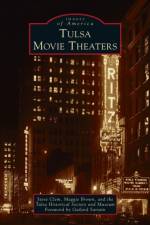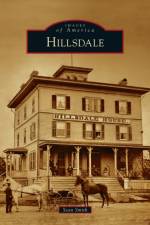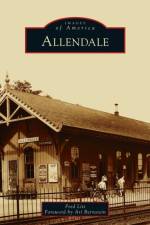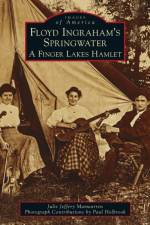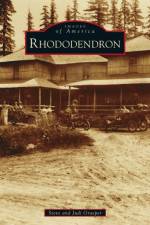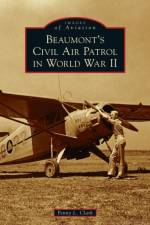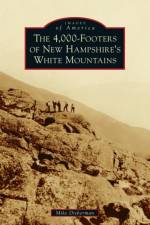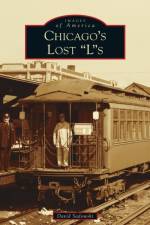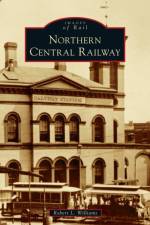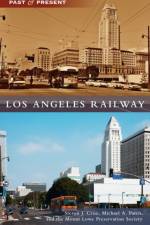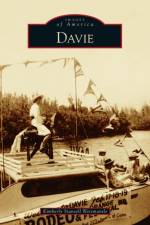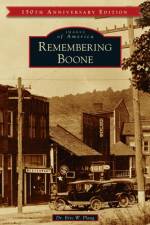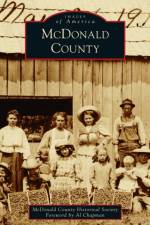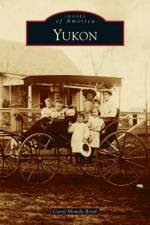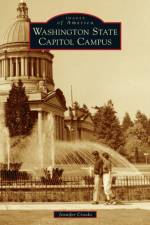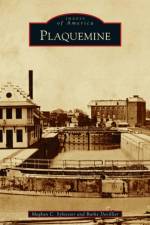av Robert M Craig
421
The public art in Atlanta includes a broad range of media, subjects, styles, and artistic merit. Statuary and figurative sculpture, often in bronze, memorialize historic individuals, while contemporary sculpture includes large-scale abstract works in stone, stainless or weathering steel, and other materials. Street artists and muralists have created more than 1,000 urban murals throughout the city, including large and colorful abstract canvases, with thematic subjects referencing sports, nature, social issues, the city's African American and Hispanic communities, and Atlanta's leadership in the civil rights movement. Some guerrilla artists began as traffickers of graffiti who tagged buildings, railroad boxcars, and underpasses, creating iconic compilations such as the Krog Street Tunnel. Street art styles embrace photo-realism, abstract expressionism, or folk, op, or pop art, with the latter inspired by fantasy, comic-strip graphics, or Goth. Native Atlantan Alex Brewer (also known as HENSE) has executed commissions from Peru to Australia, while artists from Barcelona, Rome, and Zimbabwe have contributed to Atlanta's status as an international city.

